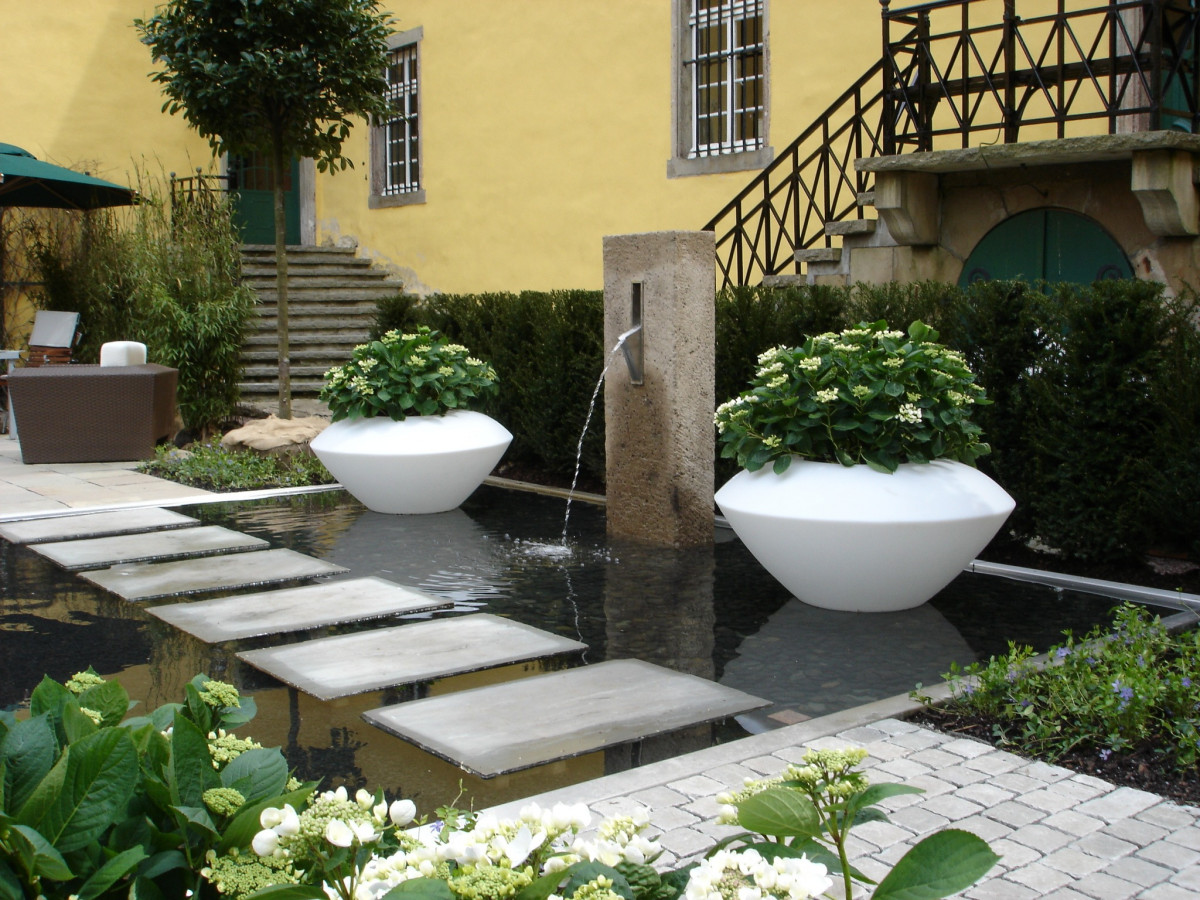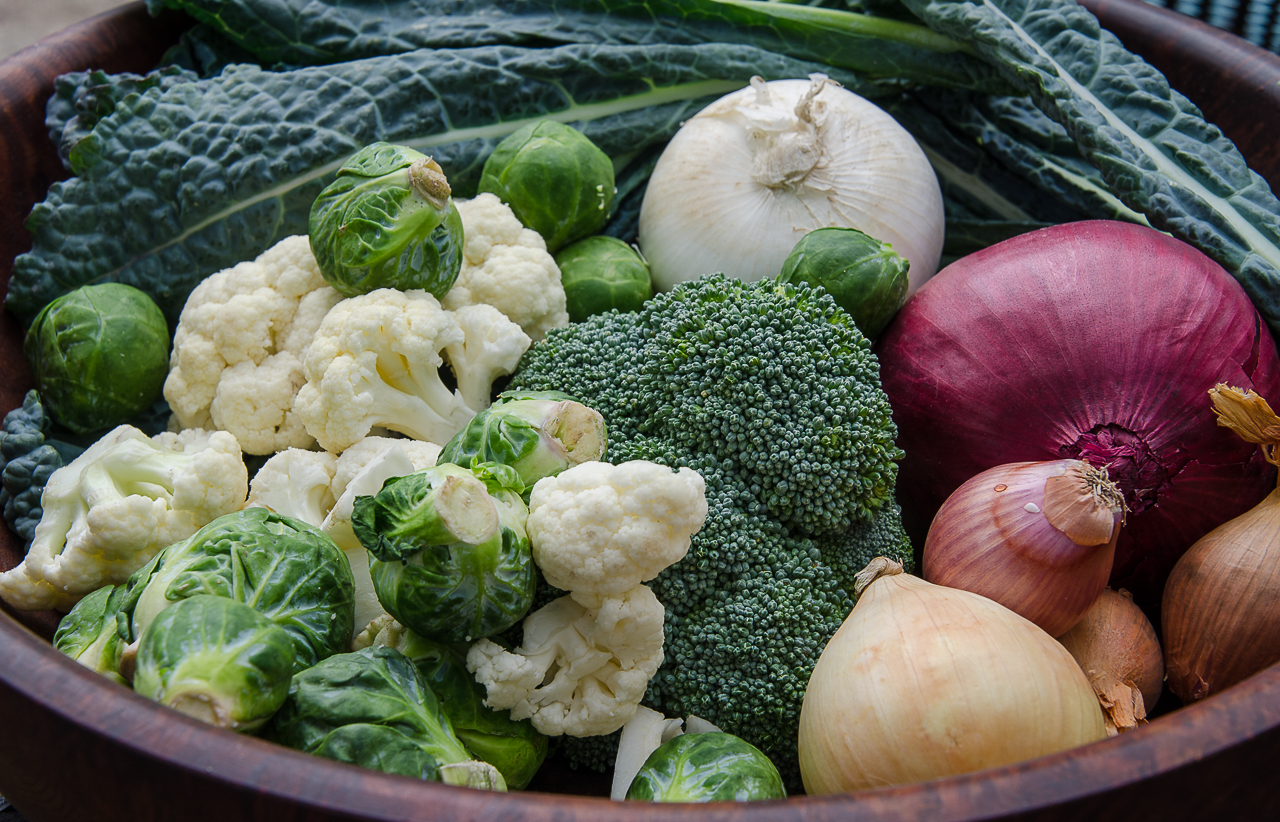Freezing causes water to freeze in the plant cells, which damages the cell wall and, consequently, the internal structure of the plant. When the soil is frozen, the roots can no longer absorb water to nourish the plant and therefore die.
Don’t get caught!
Beware, early frosts can occur from September or late spring. When an early frost occurs, not only have you not prepared your garden for the cold and frost, but the plants themselves may not be prepared and an unexpected frost may occur when they are not ready. Plants prepare for the winter months by :
Materials and chemicals – some plants store extra chemicals and materials that act as an antifreeze by lowering the freezing point of the cell contents. This process usually begins as the days shorten in the fall.
Antifreeze – this is when the plant is able to prevent the water in the cells from freezing even below the freezing point. For this to happen, plants must be in a cold environment for about a week before freezing conditions occur.
The bark – it insulates the plant to prevent water from freezing inside the plant’s cells.
In spring, new shoots and buds appear, which is vulnerable and offers no resistance to sudden frost conditions.
Some elements to consider
Golden or variegated plant varieties are generally more vulnerable and less hardy.
Research the hardiness of the plants so that you don’t lose money and time planting them if they are not resistant to the cold.
Shelter will be necessary for tender plants.
Plants with flower buds and new shoots are less likely to be damaged in east facing sites.
If possible, avoid the colder areas of your garden called “frost pockets”, which are usually the lowest point in your garden or near fences and garden walls.
New plants and seedlings will be more vulnerable to frost damage than well-established specimens because they have not developed resistance to frost conditions.
Plant pruning and shortening will promote new growth that will be damaged by cold and/or frost.
Protect your plants
If you didn’t do any planning in the spring and took the cold and frost into account when planting, protecting your plants this winter may also involve tossing some plants around your garden to provide extra shelter. To protect your plants, you will also need to cover them with fleece, bring them indoors and add mulch.
Evergreen plants will need a thick layer of mulch on the surrounding soil to prevent the solid from freezing so that water can be absorbed by the plant and does not dehydrate. Mulch?
Tender plants should ideally be potted during the winter so that they can be easily moved indoors to protect them from frost and cold.
Cultivate outdoors: if they cannot be potted and moved indoors, simply cover them with fleece. The soil around the plant should be covered with mulch to prevent the soil from freezing. In the spring, new shoots can be covered with a bell until they are better established.
Potted: Place tender potted plants indoors to protect them from the cold.
Plants growing against a wall can simply be protected with fleece.
Low plants: Plants should be protected from wet weather, so a bell is ideal to keep them covered. You can then surround them with gravel or sand to ensure effective drainage.
Tree ferns, cordilleras and palms will need their crowns (center of the plant) which should be protected by tying their leaves together in clusters and the trunks of den trees should be wrapped in fleece.
Tuberous plants, once the frost has blackened the foliage, you must dig them up carefully, taking care not to cut them in half with your spade. Remove the soil from the tubers and place them in a cool, dry place so that they are completely dormant. After a few days, store the tubers in almost dry compost in a frost-free place during the winter, such as a greenhouse.
Potted plants should be moved indoors. If you cannot move the pots indoors, you will have to use pot feet to prevent them from soaking in water. If you don’t have frost-proof pots, they may crack from freezing, so you should insulate them with a layer of bubble wrap or burlap.
Frost pockets are the coolest places in your garden and can be found near a wall or fence and at the lowest ground level. These areas can be damaging to plants, so if possible, you should dig them up and move them elsewhere in your garden. Otherwise, remove some of the lower growth to improve drainage of cold air.
New Plants Avoid planting new plants, as newly planted young plants will be more vulnerable to frost damage than established specimens as they have not developed resistance to frost conditions.
Know which plants are the least hardy in your garden. Ideally, they should be moved to a sheltered spot, such as under a tree or next to well-established shrubs if possible if they are in an exposed position. They should be covered with fleece and mulching may also be necessary depending on their frost resistance.
Plants with flower buds and new shoots, if they have not already done so, should be in east facing sites.
Do not prune or cut the plants before or during the winter, as the older foliage is vital as it will help protect the rest of the plant and hopefully take the brunt of any frost damage. Pruning encourages new growth that will be damaged by cold and/or frost.


